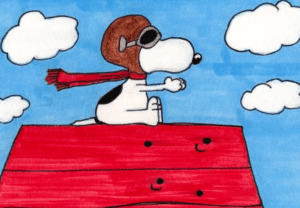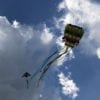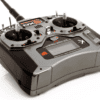Are you new to RC Hobbies?
A Few thoughts on Getting Started in RC Hobbies.
First, welcome to our site. It is our intention to grow this site with valuable information, resources and more, to assistance you in your flying hobbies. The purpose of this post is introduce you to some basic concepts in getting started in RC Hobbies and in specific, the types of aircraft and how to get started. We encourage you to read through before moving on to your first flying experience.
Over the last decades a tremendous amount of improvements have been made in our hobby. These improvements include better and more reliable equipment, a larger selection in things to fly and a much larger information collection to draw from. (aka, the internet). With these improvements, it would be easy to think that one can learn to fly easily and hands on, without the need of training. This is incorrect! Whether you are about to learn how to fly a helicopter or an airplane, there are skills one must learn and master, before committing your flyer to the skies for the first time.
Our #1 piece of advice to new fliers, ready to join our hobby: Practice in the virtual space on your computer, with a simulator package specific to RC Aircraft. One that has a proper Mode II Transmitter setup. Read this article for info on Mode II. There are several excellent simulators out there. We recommend the Great Planes Real-Flight Simulator, shown below. The cost is far less than one crash of your aircraft and you will be happy you took the time to get familiar with the flying environment.
Once you have the setup installed and running, setup a High Wing Trainer as your aircraft of choice (for airplanes) or a simple non 3D model for a helicopter and practice take offs and landing. Crash as many times as you would like to get comfortable, but focus controlling the aircraft rather than treating it like a video game. Specifically:
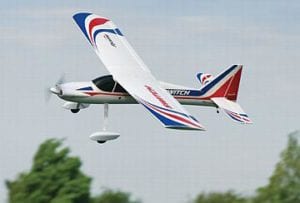
- For a RC Airplane: practice taking off, flying a full circle around the field, then returning it to the same spot you took off, in a controlled landing. A few things to remember:
- When an airplanes wings dip and are no longer level, the plane will begin to loose altitude. You will need to give it a bit of up elevator to compensate.
- When an airplane is flying away from you, Left is Left and Right is Right. Sounds simple enough….
- However, when an airplane is flying towards you, Left is Right and Right is Left! You guessed it, it is this lesson that makes flying a Mode II RC Aircraft Simulator and mastering it, worth the price alone. More crashes from beginners occur when flying the airplane towards them than any other maneuver. (Side note: landing is a close 2nd) A great way to remember this Left is Right and vice-versa thing is to say out loud, when the airplane is coming towards you: “Wing Down Stick Down“. What does this mean, simple: when the airplane is flying towards you and one wing is dipped lower than the other, simply push the aileron stick in the same direction as the dipping wing. If the Left Wing is dipped down, move the aileron stick to the left slightly!
- When you can comfortably take off, land and fly the airplane away from you and towards you, you are ready to take you model out to the flying field.
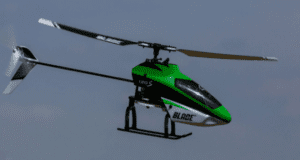
- For a RC Helicopter: the first and most important rule is, It is not an airplane!
- Helicopters, in simplest terms, do not really obey a Go Forward, Go Backwards playbook. They can really go any direction you want them to, regardless of where the nose is pointing.
- Practice lifting the helicopter up several feet and hovering first. Keep the nose pointed away from you. The temptation to fly it all over the virtual field will be strong, so get it out of your system, but return to practicing the hover, pointed away.
- Practice hovering the helicopter, this time with the nose pointed at you. The same Left is Right technique mentioned above is applicable (and much easier to learn on an airplane.)
- Once you have mastered the stationary hover, practice having the helicopter fly a small circle around you, while hovering several feet off the ground. Do this for both Nose towards you and Nose away from you hovers. When you have mastered this, you will find you have really good control of the helicopter.
- Lastly, practice taking off the helicopter, keeping the nose pointed in the direction you want the helicopter to fly, and circle the flying field returning to land near the same spot you took off.
- Once you have these skills mastered, you are ready to take your model to the flying field.
Flying your model. OK, assuming you have built a quality model and it is ready, find someone who can help you with the first flights. Do not fly the model, as a rookie, without getting someone to assist you. Your local flying field or flying club is a great place to find someone who will help you.
